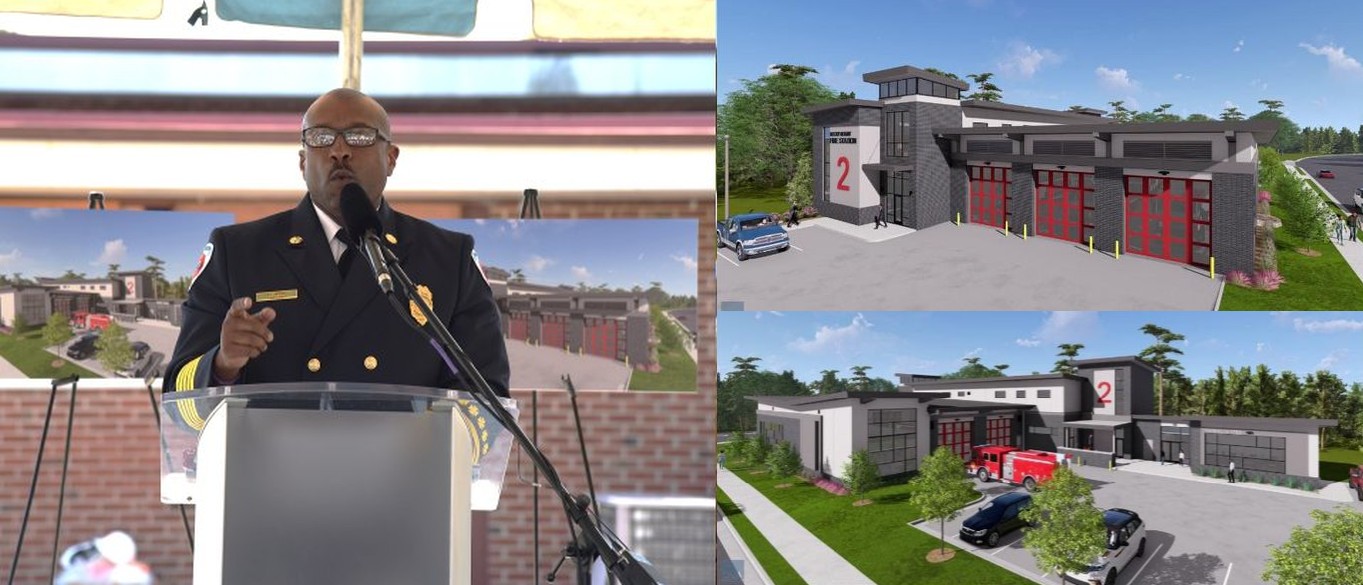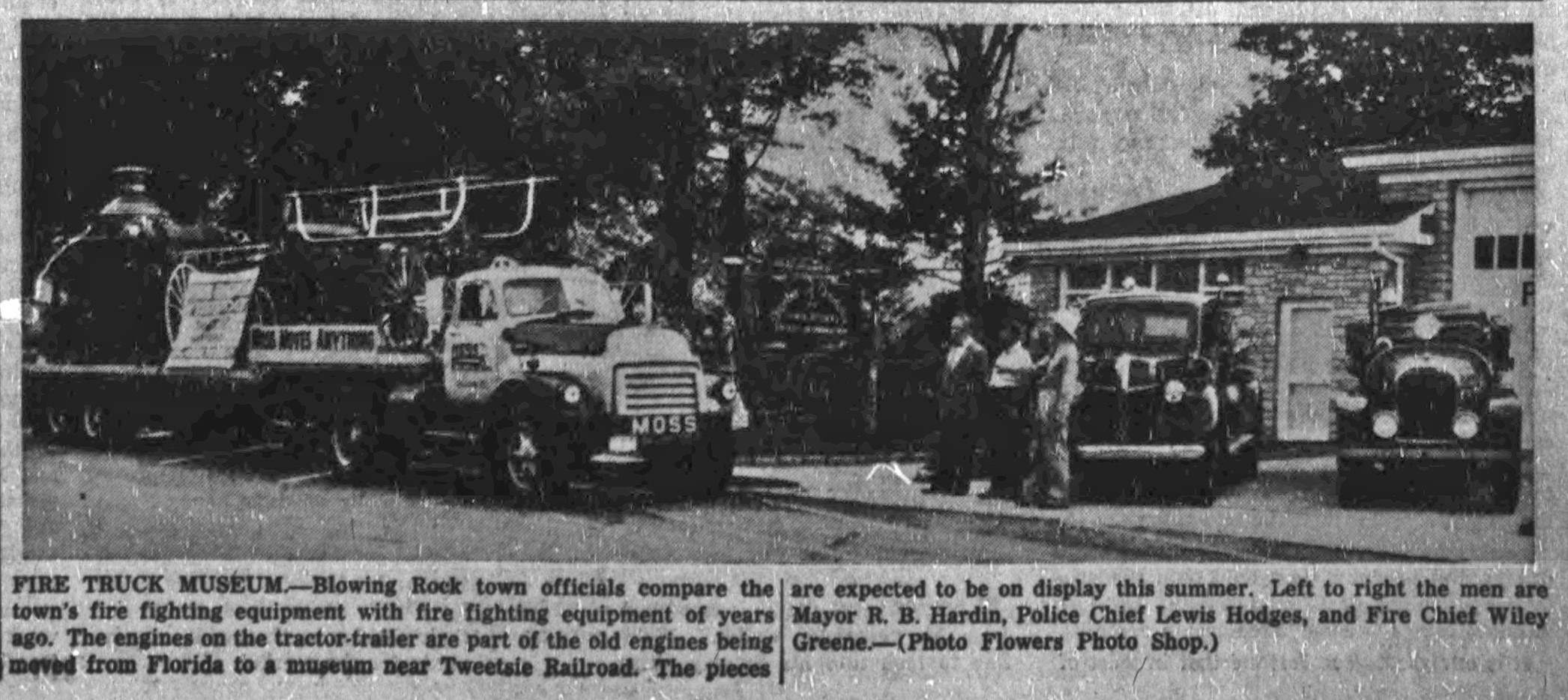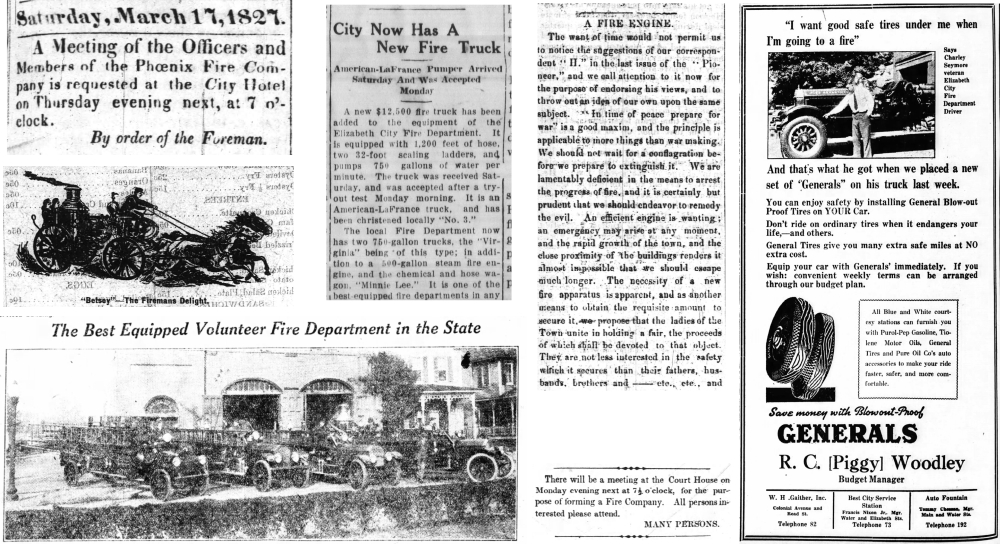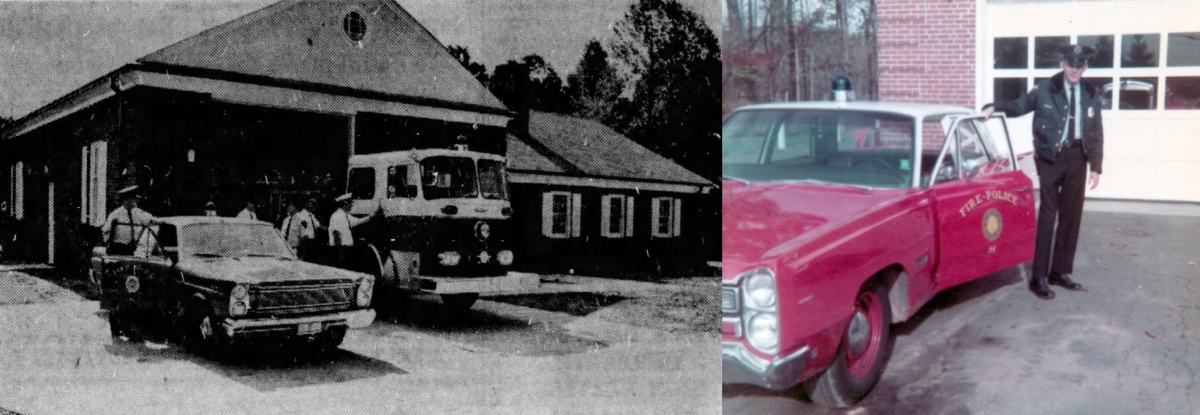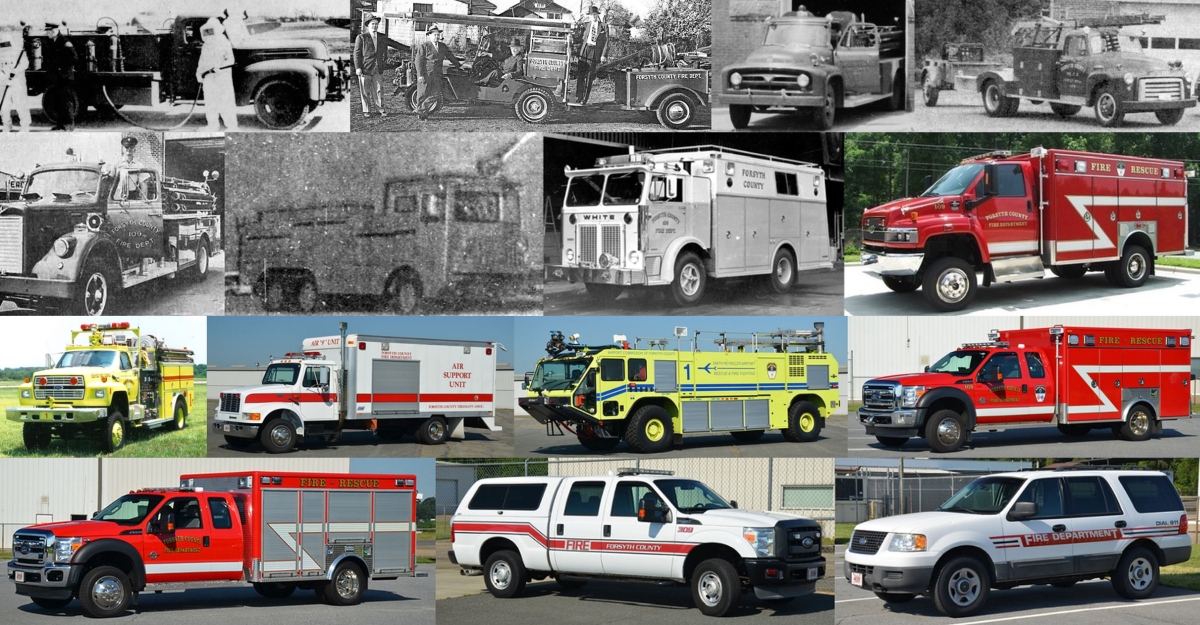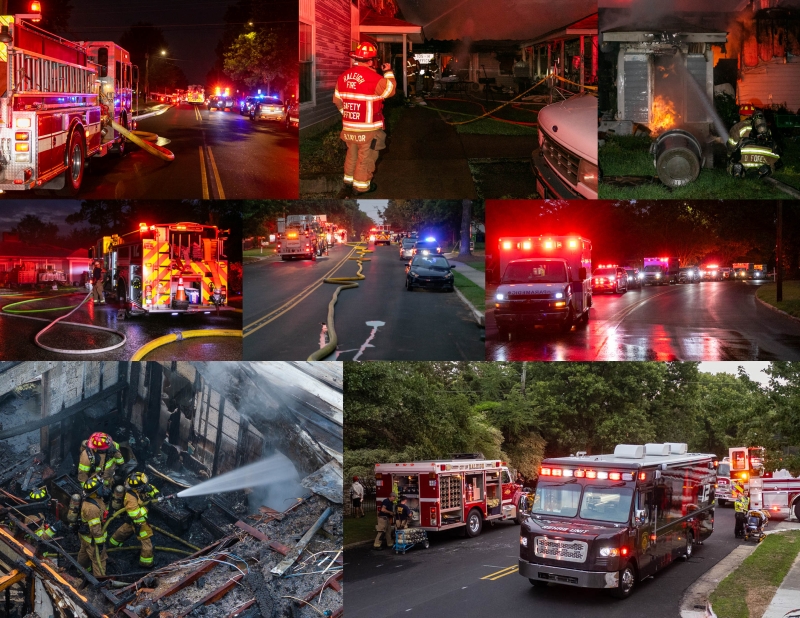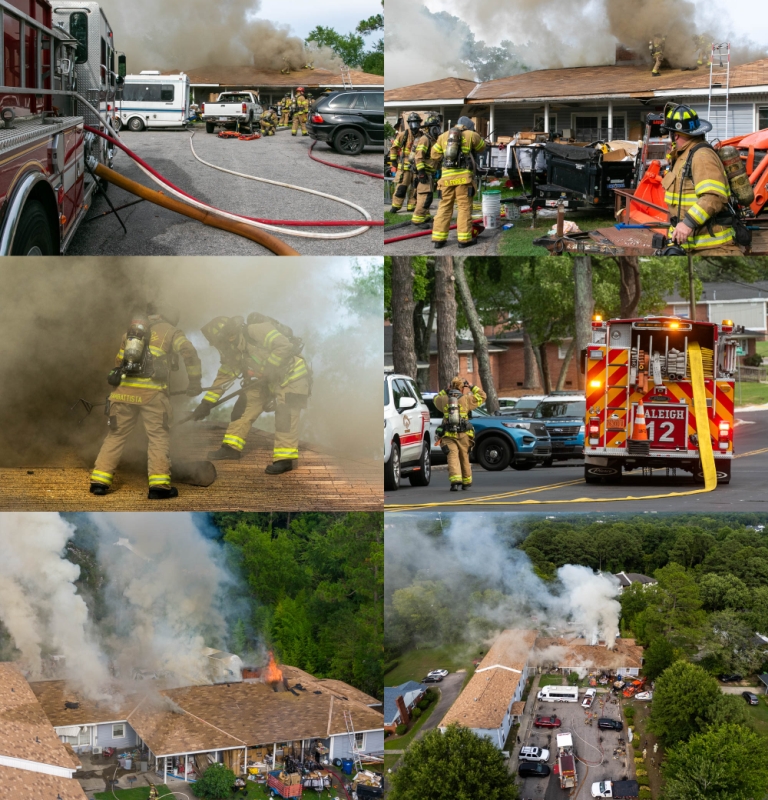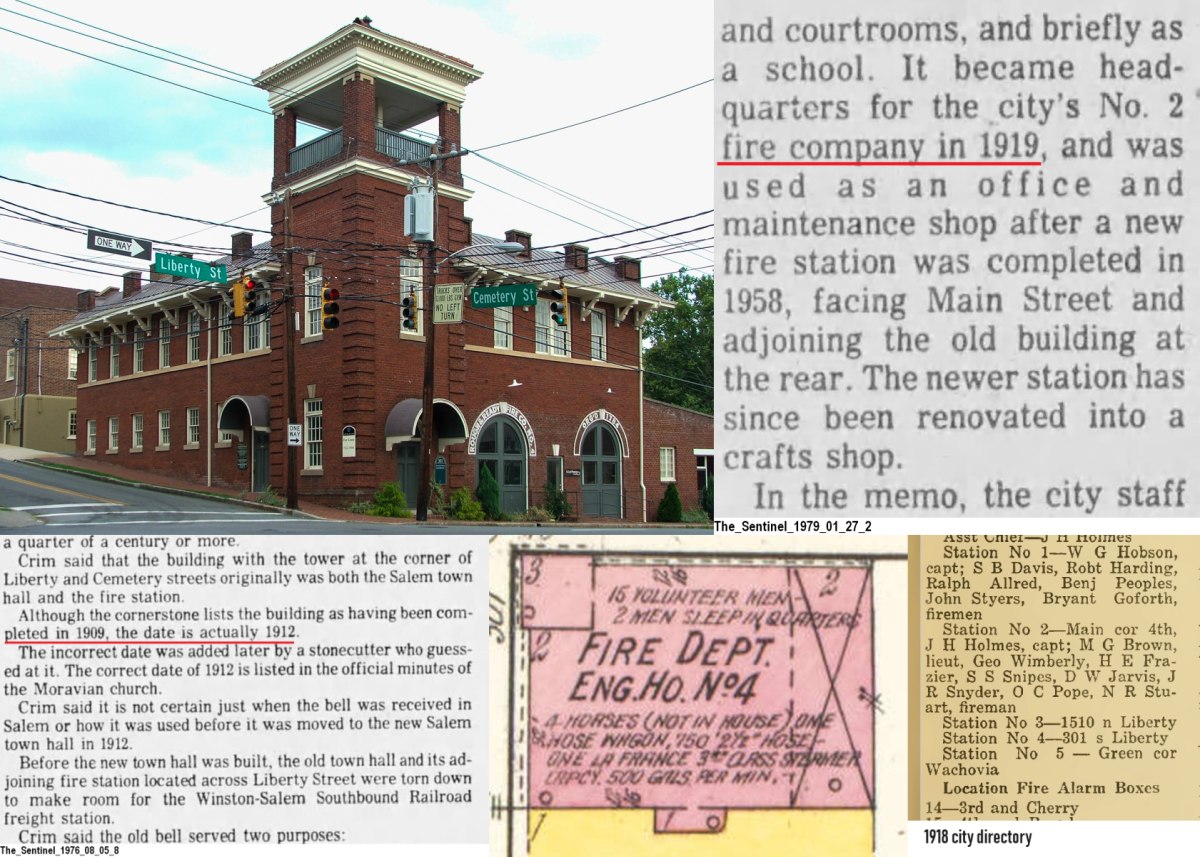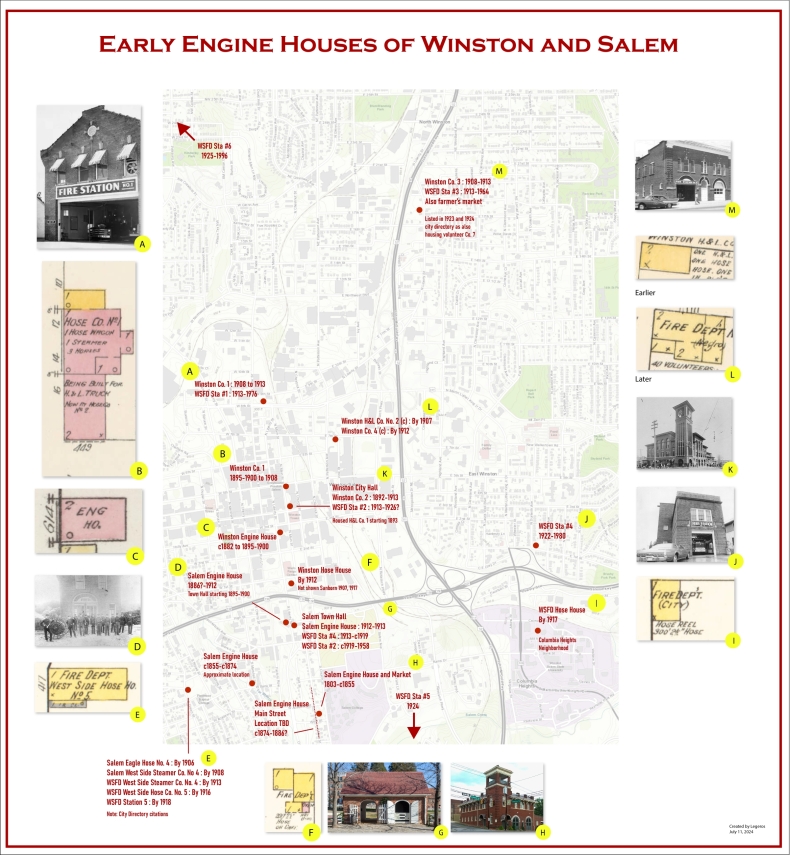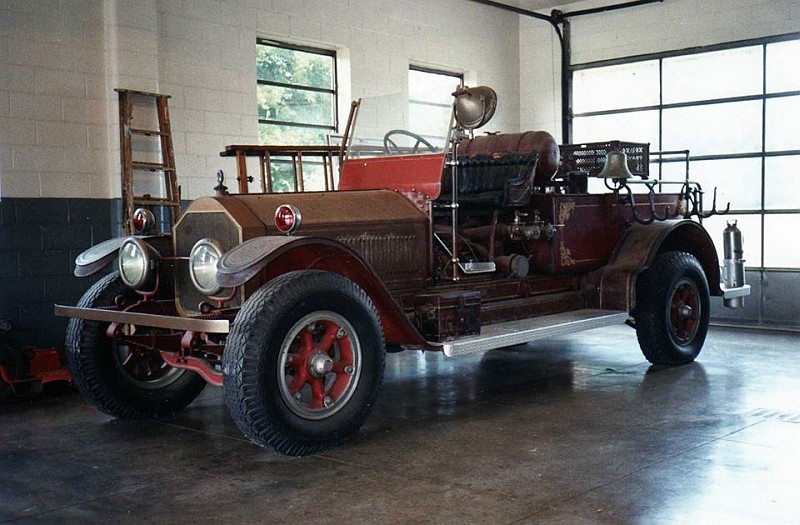This is a blog version of a Facebook posting from August 20, 2024.
Groundbreaking for new Rocky Mount Fire Station 2 was held on Monday, August 26, 2024. It will replace a 1977 engine house that is located on the same site, at the corner of West Raleigh Boulevard and South Grace Street.
The new station will cost $11M+ and face West Raleigh Boulevard, not Grace Street. Program specifications include:
- Eight Bedrooms with built-in desk
- Storage Room
- Common Area Restroom (entrance from engine room) with separate shower for decon
- Community Bathrooms w/Showers (1 dedicated to female employees)
- Kitchen / Dayroom
- Gym / Workshop
- Community Room/Classroom
- Gear Wash and Decontamination Room for Dryer & Extractor with exterior entrance
- Gear Storage Room
- Laundry
- A method (pole, slide, or steps) to quickly access the engine room from the upstairs mezzanine
- Pantry with cabinets for 3 shifts and room to store 3 shift refrigerators
- Three engine bays total, including two full drive through, double-stacked bays, and one half bay parallel to the Grace Street side with the front facing West Raleigh Blvd. The half-bay will have the gym and workshop located directly behind it.
- Captain/STO Office.
Continue reading ‘New Rocky Mount Station 2’ »
